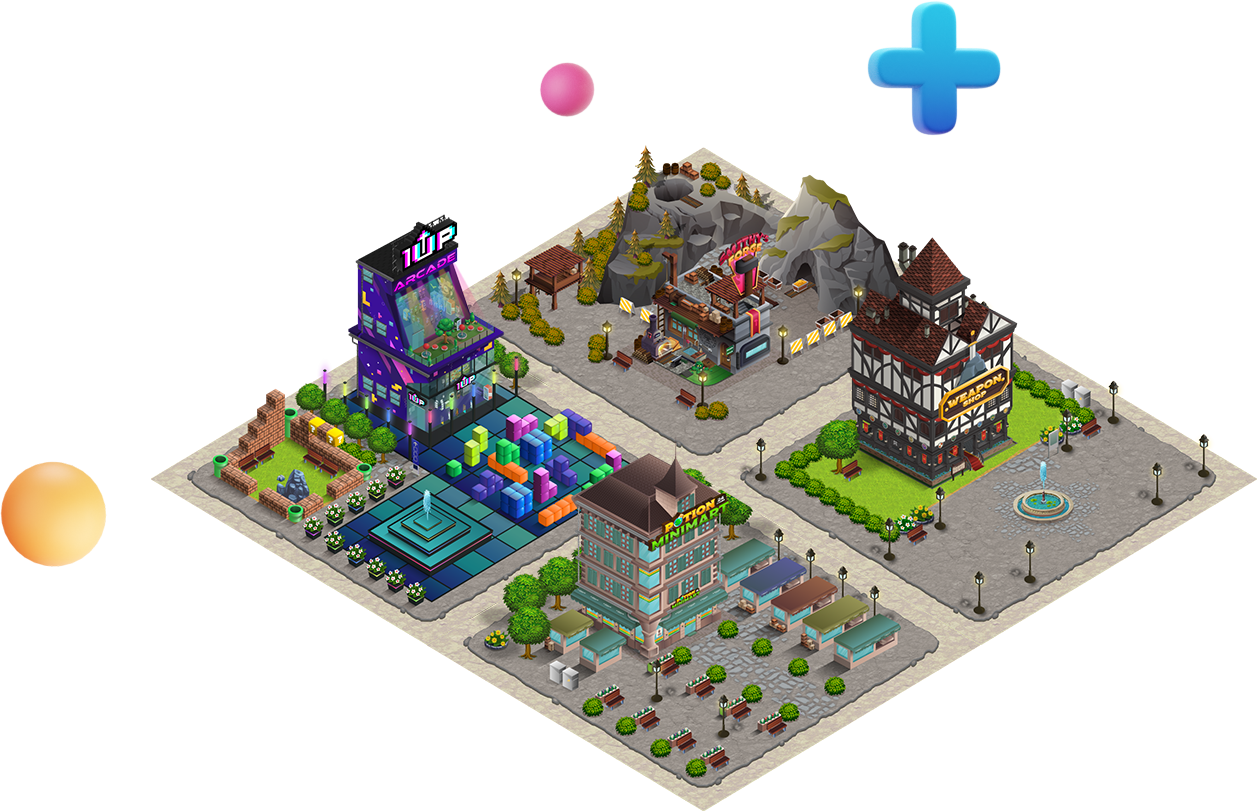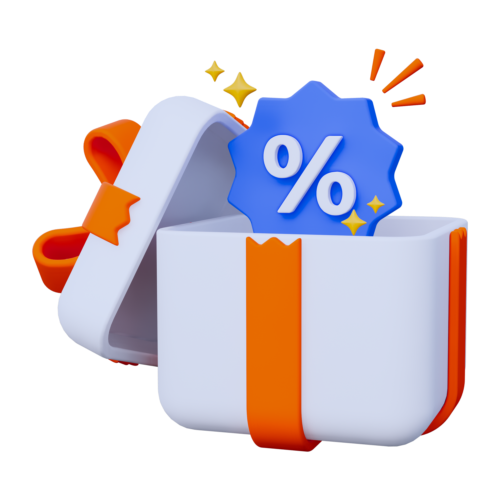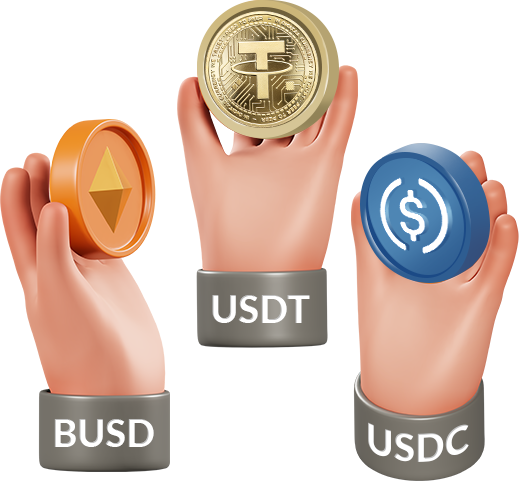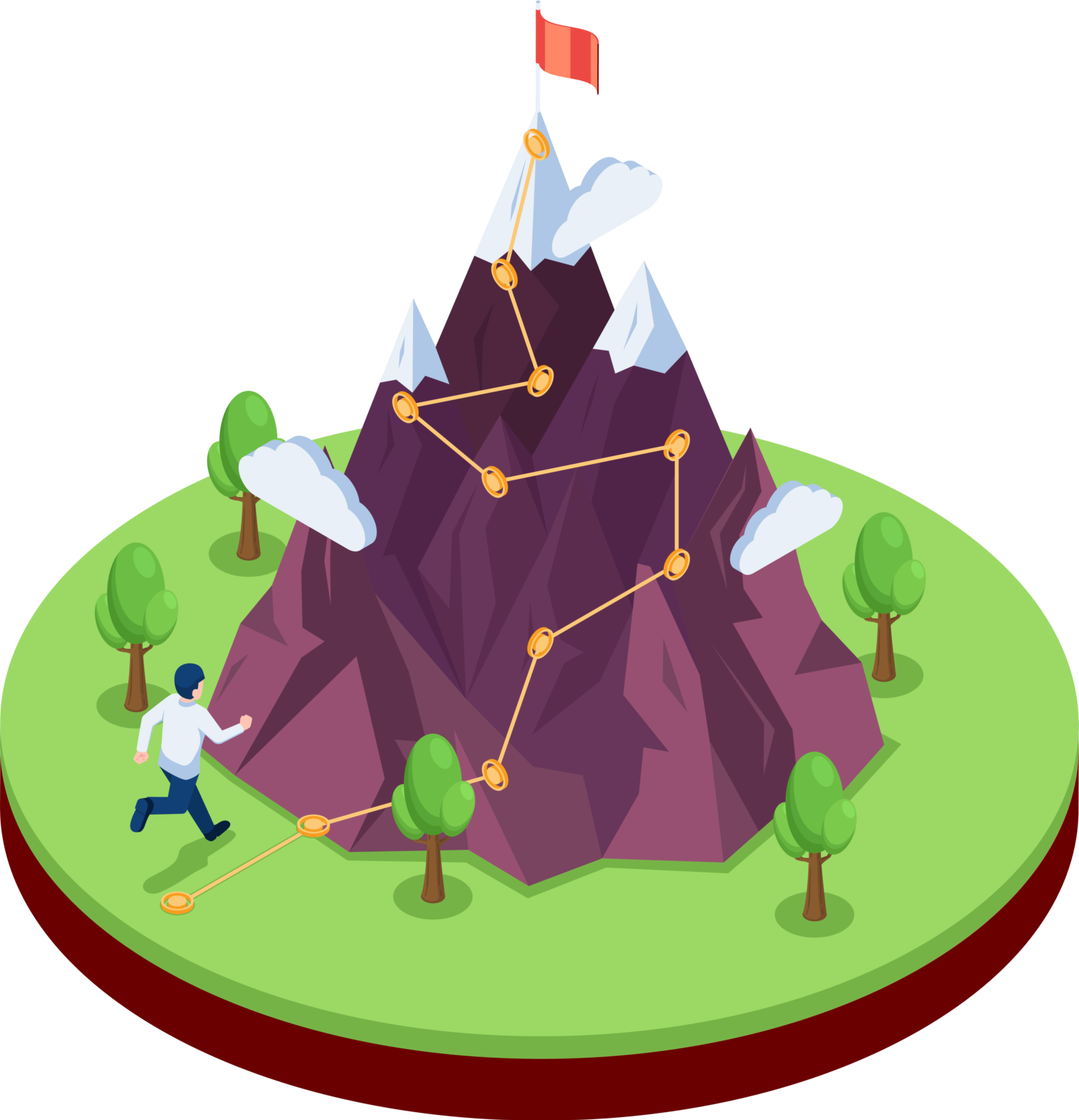Web3 Coupons &
Brand Metaverse
The Brand Metaverse distributes coupons to customers, which can be exchanged for cryptocurrencies via Falk.


Web3 Coupons
Providing a Marketplace where coupons
can be exchanged for Ethereum, USDC, and USDT.
Brand Metaverse
The brand distributes coupons to customers through
the Brand Metaverse service, which can also be used
in the brand's online store.

Wallet support
Falk provides wallet for storing Ethereum, USDT, and USDC.
After selling the coupons, you can withdraw the corresponding coins.
Markets in Crypto-Assets Regulation (MiCA)
Falk has also embarked on preparations to obtain a license in Liechtenstein, one of the countries implementing MiCA regulation.






